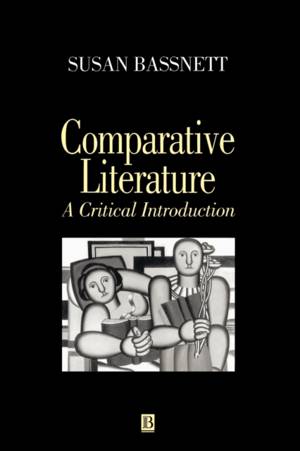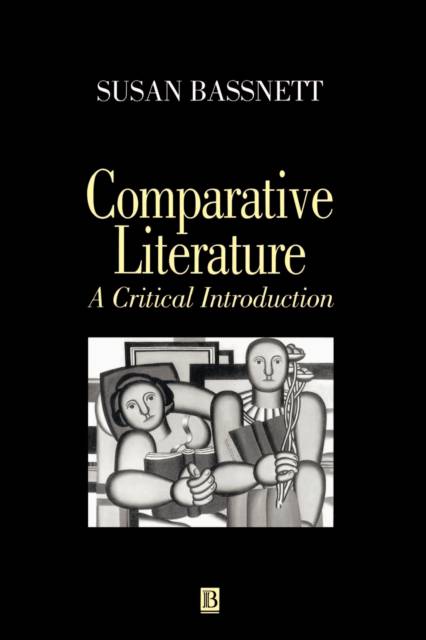
- Afhalen na 1 uur in een winkel met voorraad
- Gratis thuislevering in België vanaf € 30
- Ruim aanbod met 7 miljoen producten
- Afhalen na 1 uur in een winkel met voorraad
- Gratis thuislevering in België vanaf € 30
- Ruim aanbod met 7 miljoen producten
Zoeken
€ 77,95
+ 155 punten
Omschrijving
This major new introduction to comparative literature is for the students coming to the subject for the first time. Through an examination of a series of case studies and new theoretical developments, Bassnett reviews the current state of comparative literature world-wide in the 1990s. In the past twenty years of a range of new developments in critical theory have changed patterns of reading and approaches to literature: gender-based criticism, reception studies, the growth of translation studies, deconstruction and orientalism all have had a profound impact on work in comparative literature.
Bassnett asks questions not only about the current state of comparative literature as a discipline, but also about its future. Since its beginnings in the nineteenth century, comparative literature has been closely associated with the emergence of national cultures, and its present expansion in many parts of the world indicates that this process is again underway, after a period of narrowly Eurocentric research in the field.
Bassnett asks questions not only about the current state of comparative literature as a discipline, but also about its future. Since its beginnings in the nineteenth century, comparative literature has been closely associated with the emergence of national cultures, and its present expansion in many parts of the world indicates that this process is again underway, after a period of narrowly Eurocentric research in the field.
Specificaties
Betrokkenen
- Auteur(s):
- Uitgeverij:
Inhoud
- Aantal bladzijden:
- 192
- Taal:
- Engels
Eigenschappen
- Productcode (EAN):
- 9780631167051
- Verschijningsdatum:
- 8/10/1993
- Uitvoering:
- Paperback
- Formaat:
- Trade paperback (VS)
- Afmetingen:
- 170 mm x 215 mm
- Gewicht:
- 290 g

Alleen bij Standaard Boekhandel
+ 155 punten op je klantenkaart van Standaard Boekhandel
Beoordelingen
We publiceren alleen reviews die voldoen aan de voorwaarden voor reviews. Bekijk onze voorwaarden voor reviews.











